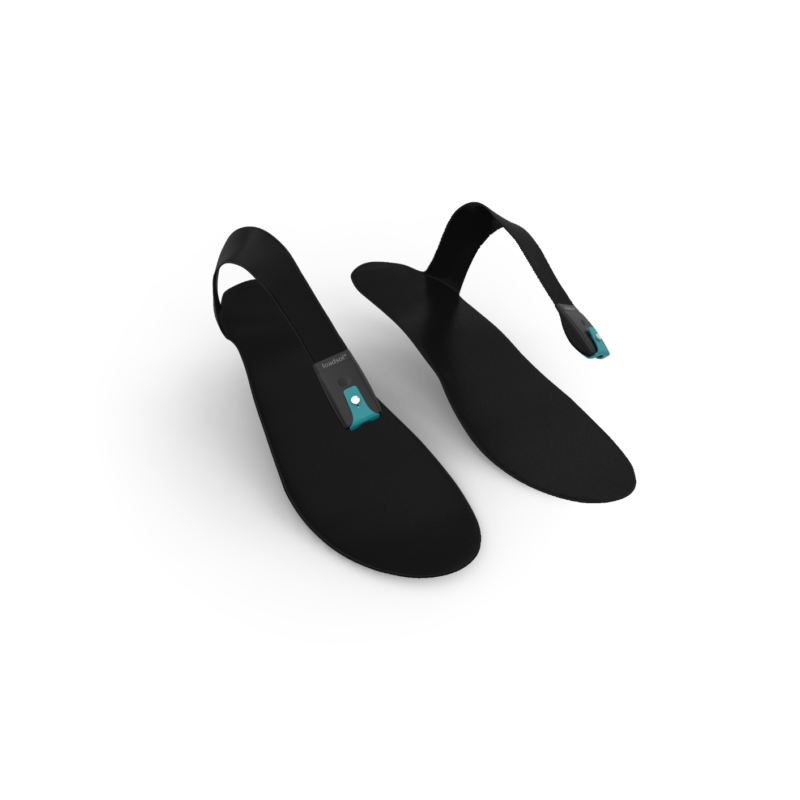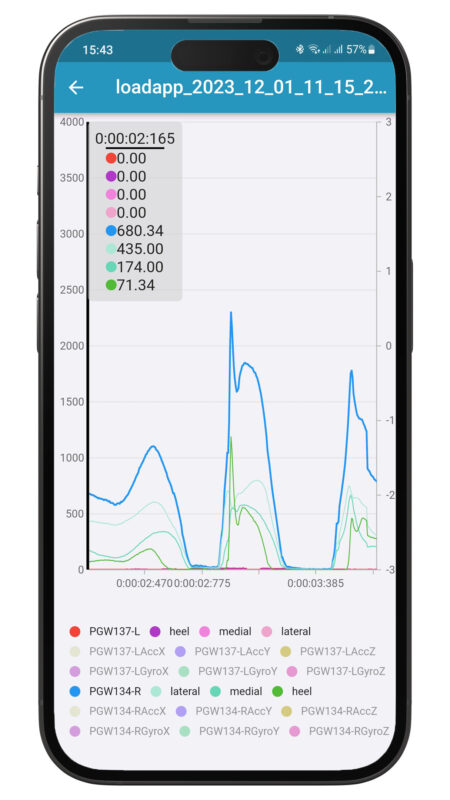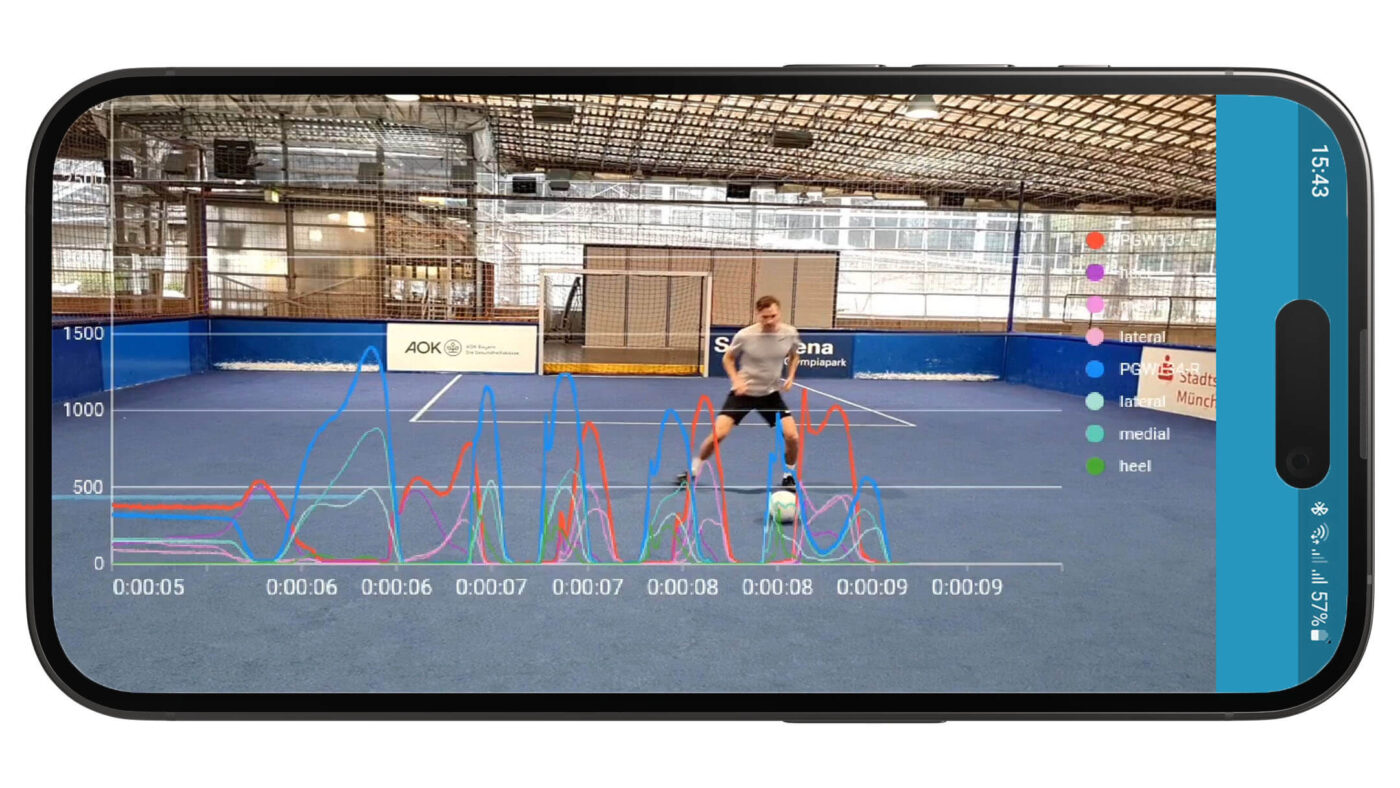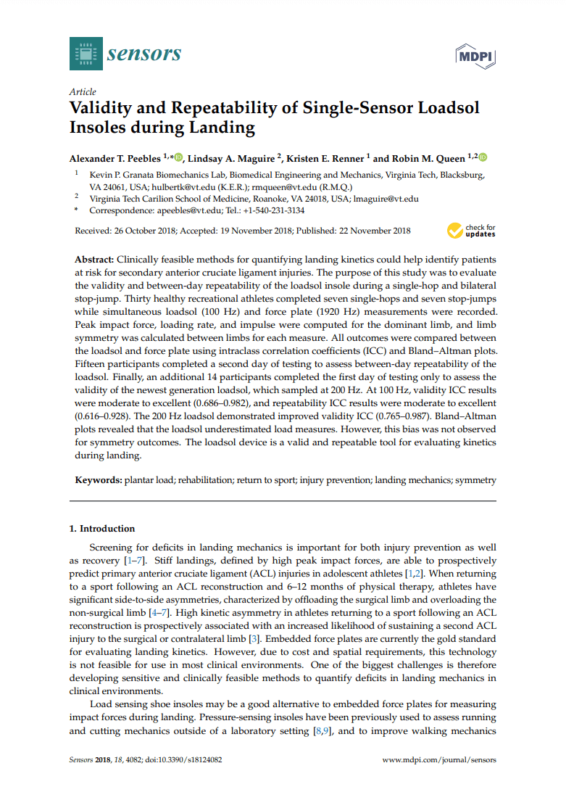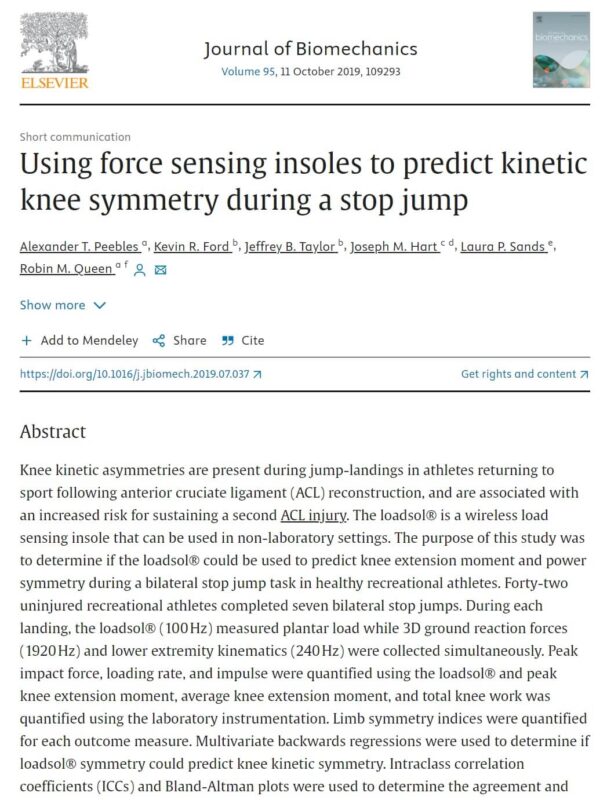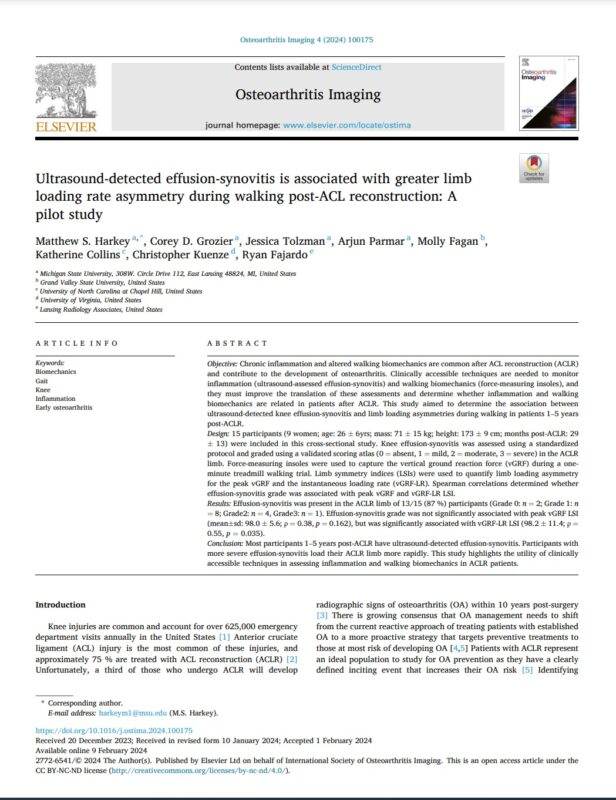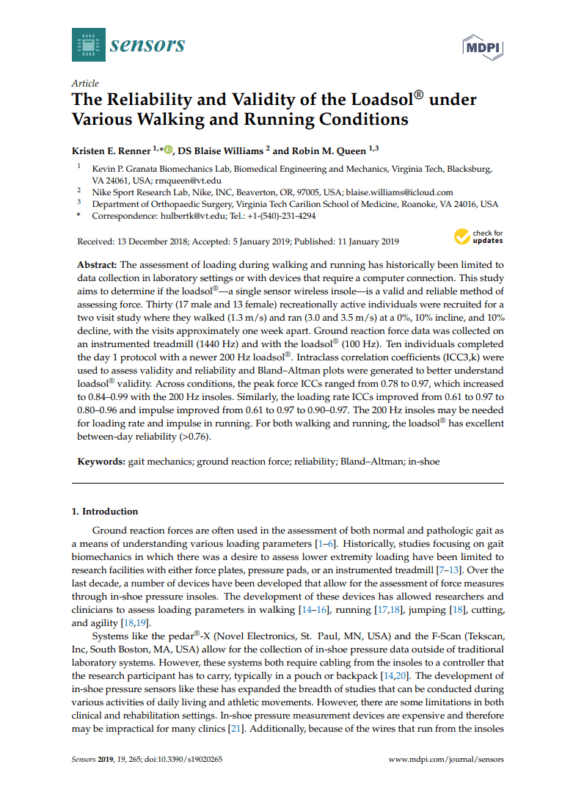ACL injury and reconstruction:
monitoring a player using loadsol insole for assessing athletes after ACLR
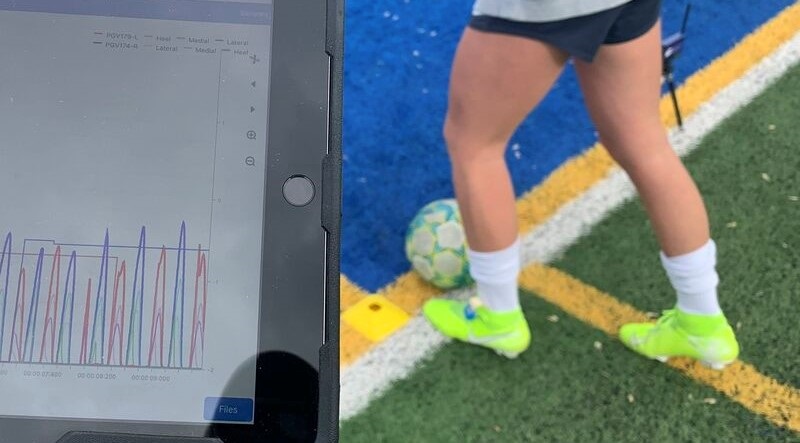
Athletes with an ACLR (anterior cruciate ligament reconstruction) often experience second ACL ruptures due to asymmetries. In professional sports, this impacts both the athlete and the team in terms of competition and costs. The risk of re-injury should be minimized before letting an athlete return to play.

